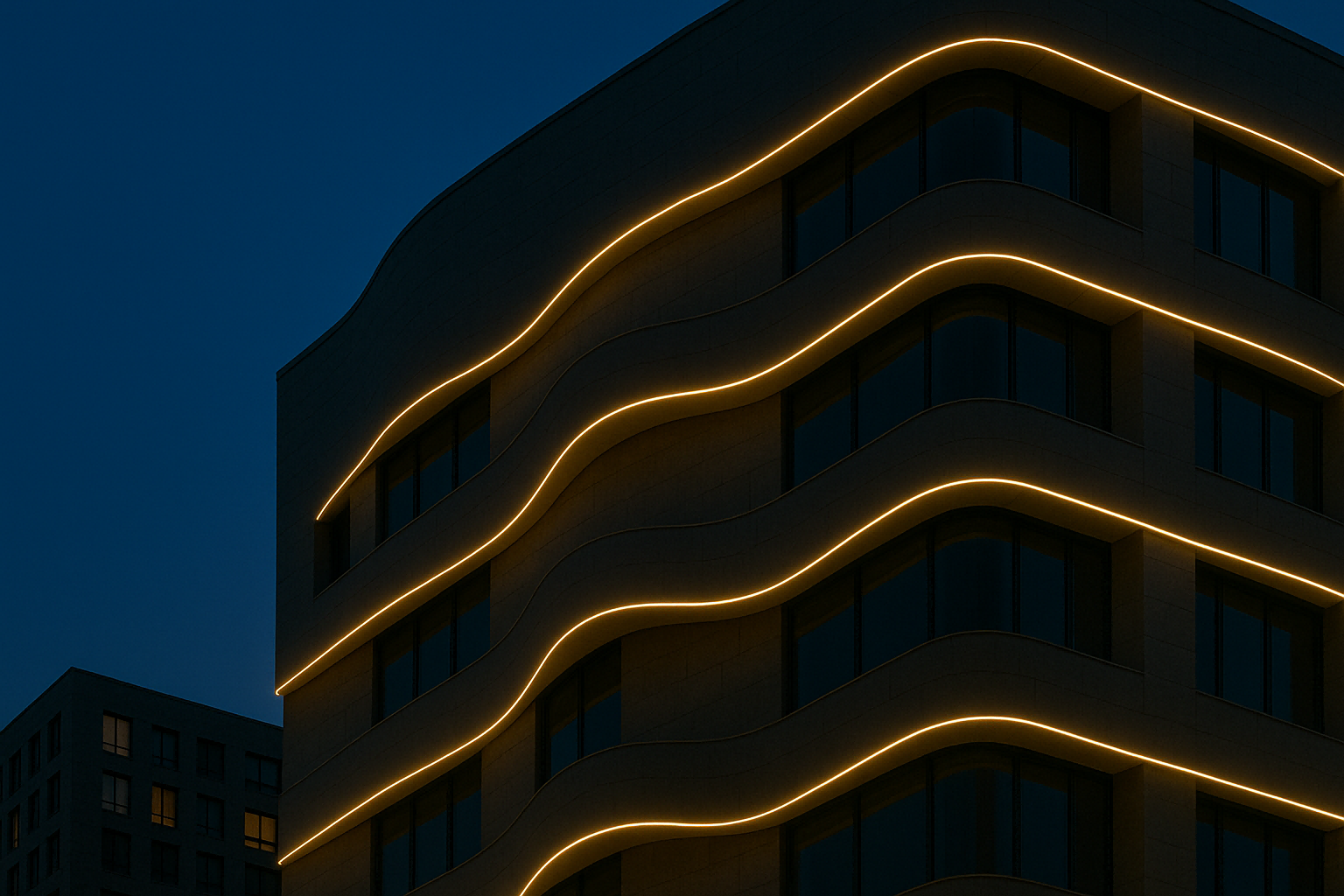Landscape Architecture and Lighting Integration: Illuminating Function, Form, and Emotion
Landscape architecture is the art of shaping not only landforms but also human experience. As cities evolve, lighting has transformed from a mere technical utility into a poetic medium—recognized by institutions like the Illuminating Engineering Society (IES) for its role in shaping urban emotion.
From riverside promenades and sculpture gardens to bridges and civic squares, light defines how we feel and move through space. It turns familiar public places into memorable encounters, where architecture and nature breathe together.
For municipal contractors and lighting distributors, this integration between landscape architecture and outdoor lighting is more than a design conversation—it’s an opportunity to reimagine how technology and emotion coexist in the modern city.
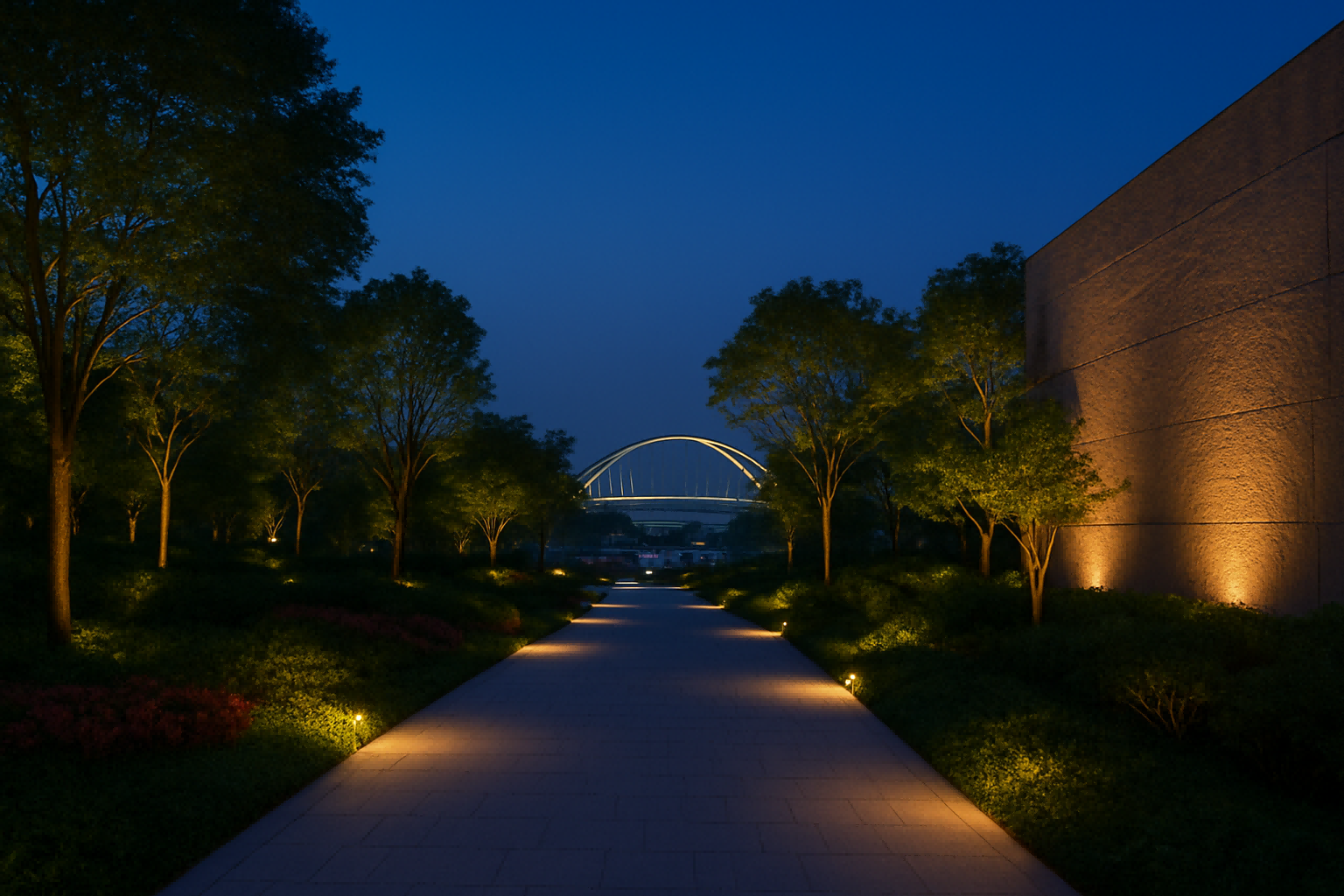
1. The Role of Lighting in Modern Landscape Architecture
1.1) From Visibility to Experience
There was a time when outdoor lighting’s only purpose was visibility—making sure people could see and be seen. Today, however, lighting has become the emotional heartbeat of landscape architecture.
Consider a riverside walkway illuminated by soft, rhythmic uplights. The light doesn’t just reveal the path—it gives the space a tempo, inviting slow walks, reflections, and conversations. Good lighting transforms function into atmosphere, and atmosphere into memory.
1.2) Architectural Continuity
Light is architecture’s invisible extension. The material of a façade, the arc of a bridge, or the texture of a tree trunk—all become canvases for light to express form and movement.
When designed with intention, every luminaire does more than shine—it narrates the geometry of the landscape. This seamless continuity ensures that by day the architecture speaks through its shape, and by night, through its light.
2. Core Principles of Integrating Light into Landscape Design
2.1) Contextual Harmony
The most compelling landscape lighting never dominates—it belongs. Its color temperature, beam angle, and intensity harmonize with surroundings.
Warm lighting enhances wood, stone, and foliage, evoking comfort and intimacy; cooler tones emphasize metal, glass, and water, evoking modernity and precision.
True harmony means that light feels inevitable, as if it were part of nature’s own rhythm.
2.2) Layered Lighting Strategy
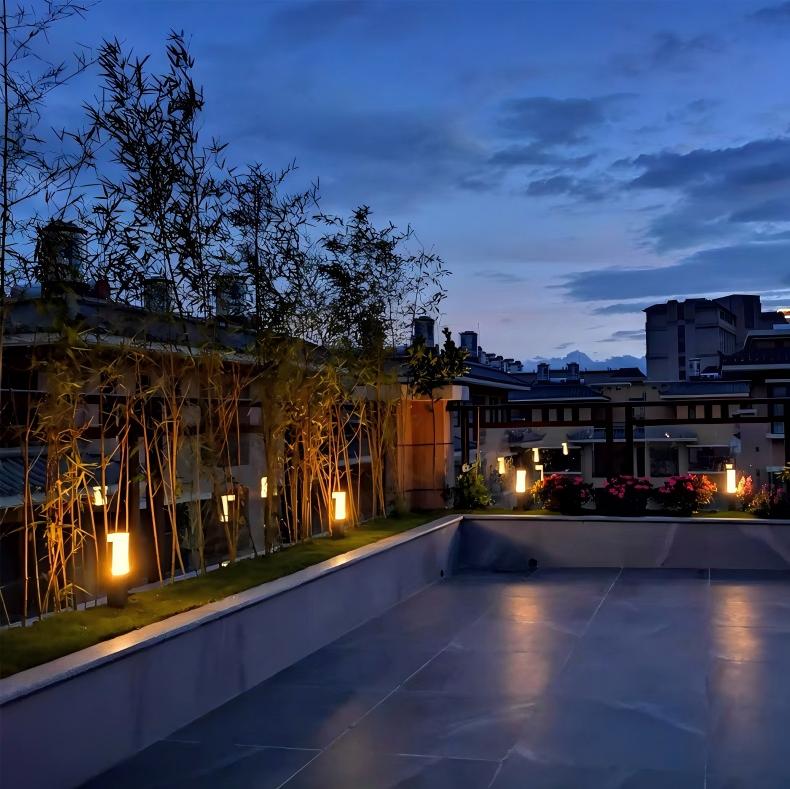
Just as landscape architecture layers terrain and vegetation, lighting design layers emotion. Ambient lighting provides softness; accent lighting draws attention; functional lighting ensures safety.
Imagine walking through a park where tree canopies glow subtly above, paths shimmer underfoot, and water surfaces reflect gentle ripples of light. The hierarchy of illumination creates both orientation and poetry.
2.3) Sustainable Illumination
Sustainability is no longer optional—it’s a principle of modern civic responsibility.
By using high-efficiency LEDs, DALI/DMX control systems, and solar-integrated fixtures, cities reduce energy use while enriching their nightscape.
Municipal projects that adopt intelligent lighting infrastructures not only meet international energy standards but also align with the UN Sustainable Development Goals.
3. Applications: Lighting as the Landscape’s Language
3.1) Urban Parks and Waterfronts
When daylight fades, a well-lit park continues to breathe life into the city. Dynamic RGBW lighting can transform a public park into a venue for community events, festivals, or quiet evening strolls.
Take Singapore’s “Gardens by the Bay” as an example—the Supertrees’ choreographed illumination merges engineering, ecology, and art. It shows how light can be both ecological and theatrical.
3.2) Bridges and Civic Structures
Bridges are more than transit—they are symbols. Their lighting reveals structure and spirit.
Linear LED systems tracing the contours of a bridge can turn an ordinary infrastructure into a city landmark. In Guangzhou, or even smaller municipalities worldwide, illuminated bridges have become icons of civic pride, guiding both navigation and identity.
3.3) Facade and Pathway Integration
When lighting integrates into benches, stairs, and facades, it disappears into the architecture—yet its presence defines the experience.
Minimalist embedded luminaires reduce clutter and enhance spatial coherence, allowing people to perceive a unified, flowing environment between the built and the natural.
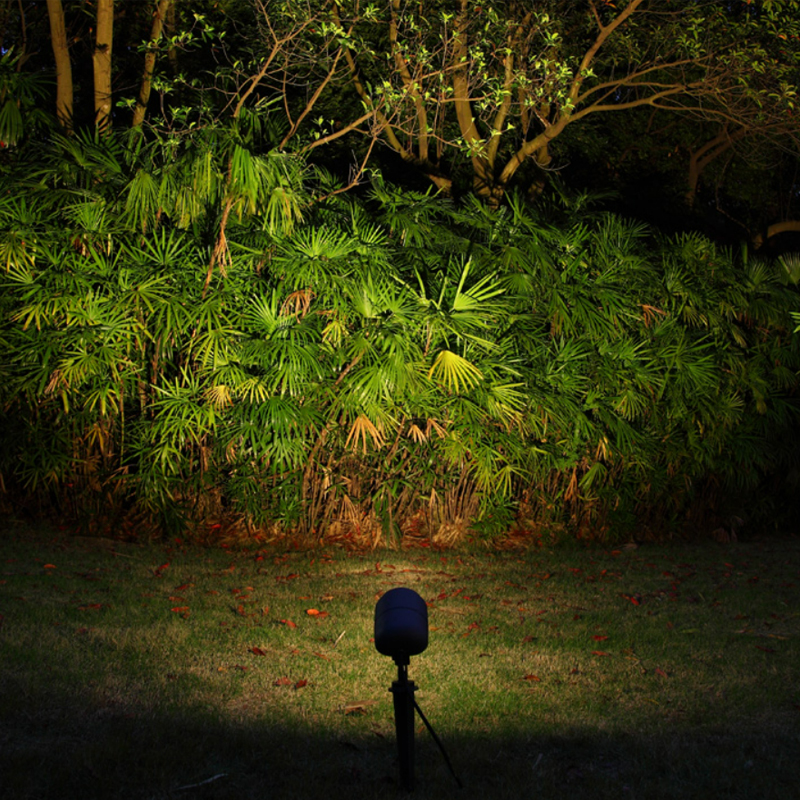
4. The Technological Foundation Behind Landscape Illumination
Today’s landscape architecture thrives on intelligent control systems.
Through DALI and DMX technologies, designers can sculpt light as precisely as a painter works with color—adjusting brightness, hue, and timing to match environmental rhythms or community activities.
High-performance IP67-rated fixtures ensure resilience against weather and corrosion. Modular connection systems simplify installation and maintenance, which is essential for large-scale municipal operations.
For contractors and distributors, partnering with manufacturers that offer customized design solutions, simulation support, and on-site guidance—such as LNJAMI—ensures that every project aligns aesthetics with engineering excellence.
5. The Future: Smart and Emotional Landscapes
Tomorrow’s landscape architecture lighting will be alive—responsive, adaptive, and intuitive.
Smart sensors, IoT-based management systems, and AI-driven dimming systems will allow lighting to react to seasons, human presence, and environmental data.
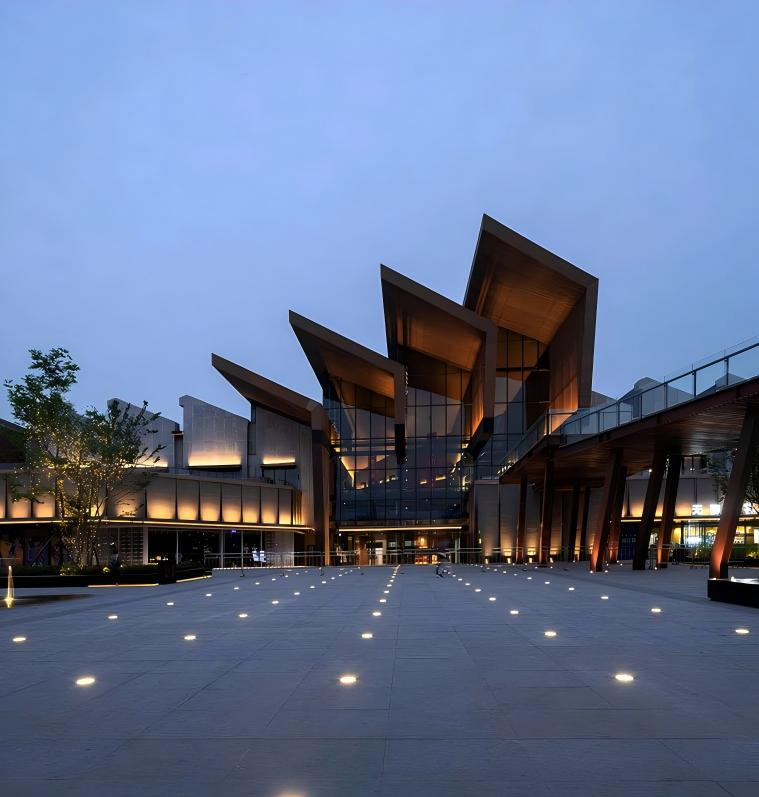
But the goal is not only intelligence—it’s emotion. Light will become the storyteller of a city’s culture, the visual voice that unites community and place.
Conclusion
When technology and design meet, light transcends its physical role. It becomes the soul of landscape architecture—expressing connection, care, and continuity.
For municipal projects and global lighting partners, the fusion of landscape architecture and lighting is more than innovation—it’s a commitment to creating cities that are safer, smarter, and more beautiful when night falls.






